
New: 2020 Forum Video Presentations Now Available!
Packaging Performance Testing Applications & Research | e-Commerce Packaging | Challenges of Protective Package Design | Case Studies | Best Practices | Damage Reduction Success Stories | Sustainable Packaging Development | Optimization of Packaging
Get videos
Packaging Performance Testing Applications & Research | e-Commerce Packaging | Challenges of Protective Package Design | Case Studies | Best Practices | Damage Reduction Success Stories | Sustainable Packaging Development | Optimization of Packaging
Get videos

After all the hard work that so many put into preparing for the 2020 ISTA Forum, we are pleased to announce that many of the ISTA Forum speakers have provided video recordings of their presentations - 18 in total! Great work, speakers! The 2020 program was going to be one of the best ever and although we missed seeing everyone in person, we hope this valuable information will provide you with new insights and new ways of looking at a challenge.
Thank you to our speakers for their tremendous efforts and to our entire global community for supporting the ISTA Forum during this challenging time. We look forward to seeing everyone at the 2021 TransPack & TempPack events to be held this upcoming March 30-April 1 at the Marriott Marquis San Diego Marina in beautiful San Diego, California!
ISTA Member Discounted Rate: $395
Non-Member Rate: $695
Get videos
Package includes the following video presentations:
Thank you to our speakers for their tremendous efforts and to our entire global community for supporting the ISTA Forum during this challenging time. We look forward to seeing everyone at the 2021 TransPack & TempPack events to be held this upcoming March 30-April 1 at the Marriott Marquis San Diego Marina in beautiful San Diego, California!
Package includes video recordings of 18 presentations:
Non-Member Rate: $695
Get videos
Package includes the following video presentations:
 Kyle Dunno
Kyle DunnoAssistant Professor
Department of Packaging Science College of Engineering Technology
Rochester Institute of Technology

Vibration testing 'under load' is a common test block outlined by many ISTA test procedures to evaluate a container's ability to withstand dynamic compression. To perform this type of vibration test, ISTA recommends the construction of a top-load (TL) apparatus. While ISTA defines the construction parameters of the TL apparatus, many packaging test laboratories have designed alternative systems. Through a laboratory survey, this project aimed to understand the different techniques utilized by current test labs. Based on survey results, the most common TL apparatuses were replicated. Test results will indicate which of the TL apparatuses are best suited for performing vibration with top-load. Additionally, results will be compared to field-collected measurements to understand which TL apparatus most closely resembles compressive forces observed during transport through the small parcel distribution environment.
Takeaways:
- Evaluation of TL apparatus used for ISTA testing
- Understand compressive forces in e-commerce
Actionable Takeaways:
- TL apparatus designs
- Survey results of different TL apparatus
- Understanding of which TL apparatus design best resembles field measured forces
Biography: Education: B.S. and M.S. Packaging Science, Ph.D. Food Technology, Clemson University. Professional Activities: ISTA, ASTM, IFT. Achievements: CPLP - Professional
Integrating Sustainable Development and Design into Internal Value Chains
 Scott Dyvig, CPP
Scott Dyvig, CPP Director, New Business Development
Lifoam Industries, LLC

PURPOSE: There has been much discussion about sustainability in cold chain packaging over the recent years, with many claims and more options than ever for end-users to choose from. In this discussion, we'll take a broader look at sustainability, the definitions and regulatory environment surrounding it, and how it is best integrated into cold chain design practices.
We'll discuss how to weigh the traits, qualities, and goals customers have and how to prioritize them, the importance of 3rd party verification, and how to best mitigate risk.
We will also delve into the storytelling aspect surrounding sustainability and the importance of educating the end-user on the best practices of disposal and the sustainability landscape as a whole.
FINDING: The presentation will outline our approach to addressing the customer (and their customer's) priorities and decision paths we've encountered to address the evolving sustainable packaging demand.
METHOD:
- Sustainable practices through Ideation
- 3rd Party Verification
- Risk Mitigation
- Storytelling
Takeaways:
- Definitions of sustainable terms and 3rd party testing to validate.
- Sustainable options available in today's market.
- How to prioritize sustainability traits.
- Design optimization to reduce materials.
- Customer insights about the value of sustainability.
- Sustainability 'cheat-sheet' to take home.
Biography: Scott has been designing and testing cold chain packaging solutions since 2001.
The Impact of Packaging on Cargo Insurance
 Amir Ghoddousi
Amir GhoddousiDirector of Sales
UPS Capital
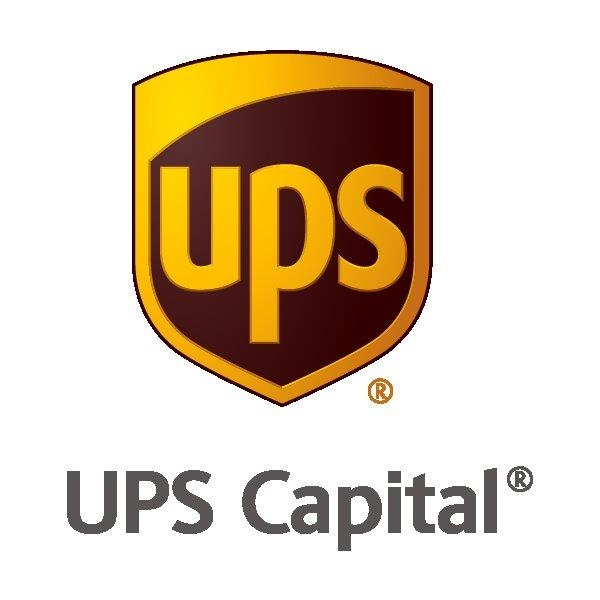
Unpredictable events like damage, loss and delay can be devastating to a brands reputation, not to mention their bottom line. Self-insuring or relying on carrier liability leaves significant gaps in coverage, making companies susceptible to glitches in their supply chain. Throughout this discussion we will explore the existing risks in the logistics industry, how a comprehensive insurance solution can alleviate these risks and ultimately how sufficient packaging is key to a successful supply chain.
Biography: Amir Ghoddousi received his B.S. from Michigan State University in Packaging Engineering, and is currently an EMBA Candidate at the University of Notre Dame Mendoza College of Business. Starting his career at UPS as a Packaging Engineer, Amir has since gained experience in Account Management, Customer Experience, and currently holds the title of Director of Sales at UPS Capital.
ISTA Technical Update
 Eric Hiser
Eric HiserVice President of Technical
ISTA
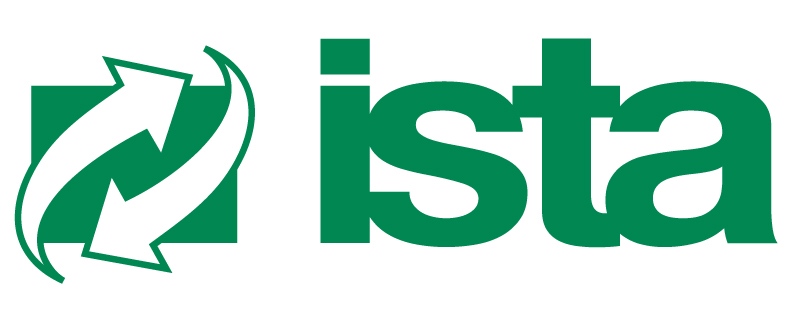
Get an update on what is happening within ISTAs technical community including new test development, protocol changes, enhancements to the lab certification process, and more.
Eric Hiser Biography: Eric Hiser is Vice President of Technical Operations at International Safe Transit Association (ISTA). He manages the ISTA Technical Division including all technical activities, development and maintenance of ISTA Procedures and Projects, and ISTA Certification programs for labs, packaged-products and people.Eric is a graduate of the Michigan State University School of Packaging with a Bachelor of Science Degree in Packaging. He is an IoPP Certified Packaging Professional (CPP) and has an extensive background in transport packaging performance testing as well as developing packaging for the Consumer Packaged Goods (CPG) market.He stays involved in the packaging community through participation on industry groups such as IoPP transport packaging and medical device committees as well as serves on the industrial advisory board for Packaging Science at RIT.
Use Of Simulation To Determine Cause Of Temperature Excursion During Transit
 Jeena James Kulangara
Jeena James Kulangara Thermal Design Engineer
Cold Chain Technologies LLC

In the cold chain industry, shipping systems are tested or qualified in controlled-environment chambers to deem if they are adequate to maintain a payload within a temperature range during transit. In these chamber tests, the ambient profiles, preconditioning temperature of components, payload configuration, and orientation are specified and controlled. In the real world, however, the environment can be far from ideal. Based on the actual preconditioning and pack-out processes, handling, and external weather, the shipping systems may see excursions during transit. Identifying the cause of temperature excursion is crucial to the pharma industry, enabling them to take corrective actions, and to prevent the product from being quarantined.
Simulation is a powerful and efficient tool to evaluate shipper performance when reasonable assumptions can be made and data on the shipment is available. The focus of this paper is to describe the use of simulations to determine the causes of potential temperature excursion during transit, and the impact of various factors on the duration performance. We delve into a few real-world failure scenarios and demonstrate how simulation was used to determine the cause of and replicate the excursion seen by the payload. Process and product issues can be identified and corrected, resulting in high success rates of the shipping systems in the future.
Takeaways:
- Thermal shipping systems may see excursions during transit, despite the rigorous test conditions in operational thermal qualification.
- The key parameters that affect the performance of the shipping system during shipment are ambient temperature profile, thermal properties of the product load, and pack out.
- Simulation models are used to quickly determine the approximate temperature of the payloads in shipping systems without testing the scenario in thermal chambers.
- With reasonable data and assumptions, simulations aid in determining the causes of temperature excursion during transit, preventing the loss of temperature sensitive drugs and reducing failure rates in the field.
Biography: Jeena Kulangara is a Thermal Design Engineer and a member of the Advanced Development Team at Cold Chain Technologies where she is determined to create thermally-sound shipping systems that solve the challenges faced by the cold chain industry. With the aid of advanced simulation tools, Jeena evaluates the interaction of various components, the thermal characteristics of necessary materials, and each customer's unique requirements—all in relation to thermal behavior—in order to provide a quick turnaround of effective thermal shipping solutions. She is an enthusiastic partner with both her internal and external customers and is committed to educating her clients on the intricacies of designing a cost-effective, thermally-sound shipping system. She has a master’s degree in Mechanical Engineering from Arizona State University with a focus on Thermal Engineering and Computational Fluid Dynamics. She believes in both professional and personal growth by building a lifestyle that incorporates ongoing learning, healthy nutrition, and staying active through hot yoga, strength training, and breathing exercises.
E-commerce Package Design for Less-Than-Truckload Delivery
 Dave Leinberger
Dave LeinbergerSenior Manager - Packaging Engineering & Material
ABF Freight
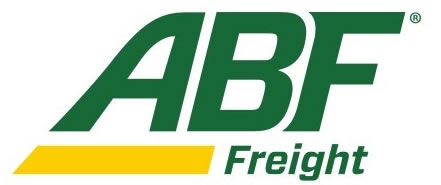
A portion of the ecommerce market requires less-than-truckload delivery and specialized services. This presentation will discuss unique package design needs for the physical, climatic, and assembly challenges of less-than-truckload e-commerce deliveries.
Takeaways: Audience will learn the unique elements of the LTL shipment and delivery including: material handling equipment, entry challenges, stairs, temperature/humidity/moisture/wind, hills, and unpaved surfaces.
Biography: B.S. & M.S. in Packaging, Michigan State University. 25+ years of experience designing packaging for small parcel, truckload, ocean, and LTL distribution. IoPP CPP-Fellow. ISTA CPLP-professional, Technical Council director, Former Chair - Testing Council. Active in ASTM-D10.
Are You Connecting? Or Are You Just Talking?
 Robby Martin
Robby Martin Engineer Specialist
Bush Brothers & Co.

Do you ever get that feeling that you are doing plenty of talking, but nobody is doing plenty of listening? Despite what we may like to think, the problem is usually NOT the listener! For many of us, the issue is us! It's not in our talking, or our content, but the problem is buried in HOW we deliver it! In this 2020 edition of one or Robby's popular talks on making our work more effective, and more rewarding, Robby will help us see key elements that we should consider if we want to be heard more often.
Takeaways: Attendees will learn or be reminded of key aspects of making their words and message land effectively.
Leaders and followers alike will learn about:
- Who do we think this is all about?
- Why getting words right is only the starting place.
- What is required to communicate AND connect effectively.
- Why you must commit to know your audience!
- What it will take for you to ultimately become an effective connector.
These are the takeaways awaiting you at the 2020 edition of the ISTA Forum... will Robby be connecting with you?
Biography: A man who has learned from experience to lead by following, Robby Martin is a husband, father and a really good friend to have in your corner. In the ever-changing world of Packaging & Manufacturing for over thirty years, Robby excels at removing chaos from the process by providing coordination, support and direction to projects ranging from simple manufacturing optimizations to national launches of major brand platforms. Today he supports Bush Brothers & Company with their New Product Innovation efforts as an Engineering Technologist. He specializes in Manufacturing Partner Engagement and New Product Launch Execution. Robby is also a Certified John Maxwell Speaker and Coach. His greatest passion is helping others make their way through the confounding world of personal and professional growth.
Measuring and Observing the Effects of Side Impacts and Low G/Long Duration Events
 Patrick McDavid
Patrick McDavid
Instructor
MSU School of Packaging
 Patrick McDavid
Patrick McDavid Instructor
MSU School of Packaging

Testing events such as horizontal impacts and low G/long duration (vehicle turning, acceleration, and breaking) events with actual units loads is preferred, but they are difficult to instrument. When testing units loads to failure, there are product costs (loss) to account for and there can be messes to clean up. This presentation will discuss early testing of a reusable unit load (S.U.L.I.I. Simulated Unit Load with Integrated Instrumentation) which could be used to accurately measure field events anywhere in within the unit load for later correlation to lab testing. Proof of concept through its current design will be discussed including field and lab test results as well as future design iterations.
Takeaways: Looking for new ways to gather data and take a closer look at these types of field events. Create opportunities to open up discussion on research and ideas on the future of testing for these events.
Biography: Bachelors degree: Packaging (MSU 1997)). Masters: Supply Chain Management (Elmhurst College - 2008). MBA (Elmhurst College - 2010).
Top Load Equivalency Study
 Patrick McDavid
Patrick McDavid
Instructor
MSU School of Packaging

 Patrick McDavid
Patrick McDavid Instructor
MSU School of Packaging

There are currently multiple ISTA approved methods of testing which can simulate the static compression strength of a box. In this study, the equivalency factor between the Apply & Release Test and the Apply and Hold Test is being evaluated. The current factor is 1.4. This means that the value used for the hour long Apply & Hold method can be multiplied by 1.4 in order to equal the required peak load of the faster Apply & Release Test. In previous testing, the value of 1.4 was shown to be too low and may not accurately equate the two test methods. This project will further evaluate the current factor and determine what kind of adjustments may be needed.
Takeaways: The study will be key in providing a more accurate method of testing compression equivalency. By subjecting boxes & shippers to more accurate testing, it can be ensured that they do not fail during transit.
Biography: Senior studying Packaging at Michigan State University. Intern with Haney Packaging Resource Center in Cincinnati, OH. Intern with Ethicon Endo-Surgery, also in Cincinnati. Upon graduation, will begin working full time for Bayer Radiology in Pittsburgh, designing sterile packaging for components of MRI/CT/CV machines.
ISTA Research Update
 Brian O'Banion
Brian O'BanionVice President of Research & Education
ISTA

This presentation will be a re-introduction of the ISTA Distribution Environment Data Collection Program, which was presented at the 2019 Forum program. This iteration will include summary results from India and an update on our efforts in the European Union, along with an outreach effort to researchers that may be interested in helping us with data collection in China, Japan and Mexico.
Biography: Brian holds a Master of Administrative Science degree from Johns Hopkins University and a B.S. degree in Chemical Engineering from the University of Michigan. Brian has nearly 20 years of trade association management experience addressing packaging industry issues in a wide variety of areas, including technical, environmental, health, safety, RFID, competing materials, and sustainability. He also has notable experience within the global food and beverage packaging technologies space. As ISTAs Vice President of Research & Education, Brian plays a critical role in establishing and executing the associations long-range strategy and vision for research programs and education services.
How Do I Design a Test if I Don't Know My Supply Chain?
 Rodney L Prater
Rodney L PraterPrincipal Packaging COE
SC Johnson
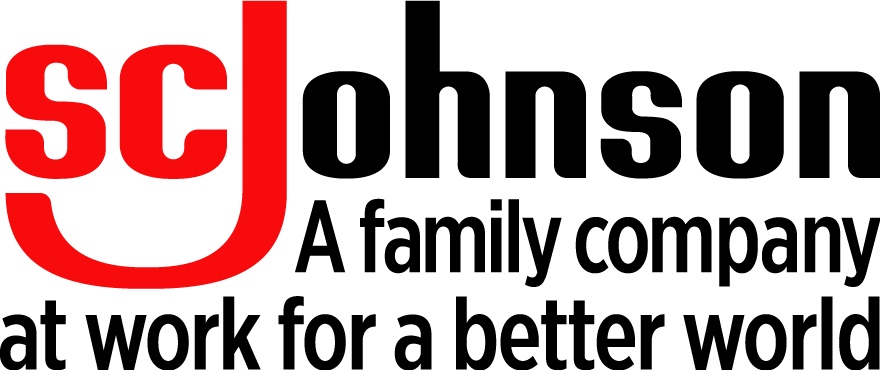
Problem to solve:
How do we properly design, test and validate our product to withstand the rigor of distribution within a region and from one region to another region?
Solution: Understand your supply chain handling process and create a test protocol for more robust and faster validation.
Opportunity: Create an intuitive, informative and interactive process map of SC Johnsons global supply chain environment to assist in product development and validation. Utilize process maps to create regional simulated distribution test protocols. Additionally create a BCT (Box Compression Test) tool and PSF (Product Support Factor) procedure for a corrugate performance-based specification that is supplier agnostic based on the regional supply chain criteria.
Takeaways:
- Understanding your supply chain leads to creating an appropriate distribution test protocol.
- A reference tool that is a quick and easy to understand with enough but not overwhelming detail of the global supply chain which allows users to make the appropriate decisions based on where it is produced to where it is sold.
- Continue to understand your supply chain, your customers supply chains and adjust your protocol based on those learnings, where applicable.
- Collaborate with industry members to continue research to continually improve the robustness of your protocols.
Biography: Graduate of Michigan State University with a B.S. in Packaging and over 25 years in packaging industry. Employed at SC Johnson for 20 years in the current role as a Principal Packaging COE. Member of ASTM D10 Committee for past 3 years. Serves as an Executive Board of Director, Aerosol Division, of the Household & Commercial Products Association (HCPA). Member of the Plastic Aerosol Research Group LLC (PARG) and previously served 5 years as Co-Chair of the PARG Technical Committee, leading the development and validation of 22 new voluntary industry standards and methods and publishing two technical white papers as related to the study of automobile cabin temperatures and UV exposure impacts to a pressurized plastic aerosol container. Additionally, he manages the distribution test laboratory at SC Johnson and applicable distribution test protocols.
Navigating Amazon's SIOC Packaging Program: Approach and Best Practices from Keurig Dr Pepper
 Kara Revoir
Kara RevoirPackaging Development Engineer III
Keurig Dr Pepper
 Lucas Magnant
Lucas Magnant Packaging Engineering Manager
Keurig Dr Pepper

Designing for single parcel distribution poses many challenges associated with cost, material limitation, aesthetic tradeoffs, and multi-channel compatibility. With the recent update to Amazon's SIOC program, many CPGs are having to confront these challenges to avoid chargebacks and ultimately practice 'responsible packaging by design.' As an early adopter of the SIOC program, Keurig Dr Pepper has implemented numerous packaging changes to enable SIOC compliance and an omni-channel focused packaging portfolio. Having cycled through this program several times, we'd like to share key learnings and best practices for the major phases of the certification process; eligibility assessment, test execution, and enrollment.
Takeaways: This presentation is aimed at sharing KDP's day-to-day interaction with Amazon's SIOC certification process. Ground-level perspective and lessons learned will be highlighted by real-world examples. This is meant to be thought-provoking and help you tailor your organization's approach when participating in the program.
Kara Revoir Biography: Education: BS Biological Engineering, Cornell University, 2010. Kara spent her early professional career as a Process Development Engineer and has recently moved into Packaging Engineering. She is focused on packaging performance across KDP's many distribution channels and is responsible for major network-wide productivity initiatives. ISTA CPLP Technologist.
Lucas Magnant Biography: Education: BS Packaging Engineering, Rochester Institute of Technology, 2011. Luke currently works at Keurig Dr Pepper as the Packaging Engineering Manager responsible for secondary/tertiary packaging and management of KDP's ISTA-certified dynamics lab. ISTA CPLP Technologist.
Influence of Fiberboard Container Design on its Bulging Performance Impacted by Compression
 Shane Messner
Shane Messner Student
California Polytechnic State University
 Marilyn Nguyen
Marilyn Nguyen Student
California Polytechnic State University

Corrugated container bulging impacts the packaging industry by affecting pallet load destabilization, compromising container strength, and vibration damage. Bulging changes the geometric shape of the container, causing the palletized load to take up more space than anticipated. This causes the stretch wrap to contact other surfaces during transit which leads to tears and further unit load destabilization. The purpose of this study is to identify a relationship between bulging and container design elements such as styles and dimensions. The findings of this study will assist packaging engineers to reduce material usage, maximize container stacking strength and rigidity. The study is intended to showcase the significance of quantifying container bulge towards developing optimum distribution packages.
Takeaways: Packaging engineers will have a way to quantify and predict package bulging. The methodology can be used to assist the industry in selecting optimum corrugated fiberboard containers towards minimizing undesirable bulging related issues in distribution related activities.
Shane Messner Biography: Shane Messner is currently in his final year as an undergraduate student in the Industrial Technology and Packaging program at Cal Poly University. His interests include packaging testing for optimal protective packaging design and packaging sustainability. In 2019, Shane worked on a research project for Cal Poly to understand the impact of corrugated container design and environmental conditions on its bulging performance in distribution.
Marilyn Nguyen Biography: Marilyn is in her senior year as an Industrial Technology and Packaging undergrad student at Cal Poly. Within the world of packaging, she is especially interested in innovative package designs that not only protect the product but also provide a unique experience for the consumer. Marilyn has worked at Applied Medical in Rancho Santa Margarita, CA as an packaging intern, helping optimize the manufacturing process for laparoscopic medical devices.
Distribution Environment Data Collection Project, India: CPGs and Small Parcel
 Jay Singh
Jay Singh Professor & Director
California Polytechnic State University, San Luis Obispo

 Grant Badstubner
Grant Badstubner Instruments Product Manager
Lansmont Corporation

From the perspective of eventually developing representative pre-shipment test protocols, this ISTA supported study undertook an extensive instrumented evaluation of (1) the land routes associated with the movement of CPGs within, near and between the Jawaharlal Nehru Port (Mumbai) and New Delhi, and (2) small parcel shipments between four major cities in India. 39 instrumented trials spanning over 11,600 kilometers of land routes for the distribution of CPGs associated with six major companies were included in the study. The small parcel trials involved 36 instrumented shipments using two major couriers over approximately 10,000 kilometers of distribution activities. This presentation summarizes the distribution environment data collected for the distribution of CPGs and small parcel shipments.
Takeaways: Primarily due to economic growth, increasing participation from foreign and private players, policy support, innovation in financing and an astounding online retail growth, the Indian retail industry is one of the fastest growing markets in the world. This presentation avails the attendees with an opportunity to understand distribution activities unique to India. The outcome of this study is aimed at developing currently outdated/limited pre-shipment test protocols for distribution practices specific to India.
Jay Singh Biography: Jay received his MS and PhD in Packaging Science from Michigan State University. Considered amongst the top experts in the field of distribution packaging globally, Jay has published over 95 peer-reviewed articles, 73 articles in conference proceedings, 32 trade journal articles, 3 book chapters, coauthored 2 books and edited 1 book. A number of his publications have resulted in development/modification of numerous globally acknowledged packaging test standards. Jay currently serves as the President of International Association of Packaging Research Institutes (IAPRI) and is a past Director on International Safe Transit Associations (ISTA) Global Board. Having undertaken funded research of over $5.3+ million from state, federal agencies and industry as well as currently holding four patents, Jay was recognized with the Distinguished Scholarship Award in 2017 by Cal Poly. Jay is also the recipient of the ISTA 2019 R. David LeButt Award.
Grand Badstubner Biography: Grant Badstubner holds an MS in Packaging Value Chain and a BS in Industrial Technology from Cal Poly SLO. He is currently the Product Manager for the SAVER and Test Partner product lines at Lansmont Corporation in Monterey, California. In his 3 years at Lansmont Corporation, Grant has participated in half a dozen distribution measurement projects for a variety of companies in the CPG and medical industries. His hands-on experience with field data collection and analysis empowers customers to make data-driven decisions based on real-world dynamics. When he isnt busy with work or school, Grant enjoys travel, scuba diving, and golf.
Understanding Constructed Probability
 Tagore Somers
Tagore Somers
Senior Engineer - Global Packaging
Eli Lilly & Company
 Tagore Somers
Tagore SomersSenior Engineer - Global Packaging
Eli Lilly & Company

In recent years Eli Lilly has increasingly relied on simulation of vibration during product development to reduce the risk of damage during product transportation. Currently, our approach is to use both compressed and uncompressed vibration profiles to ensure that the product is robust to vibration of both high amplitude and long duration. As biological drug molecules become more complex and more varied, we are beginning to encounter products for which compressed vibration testing can predict damage that is not observed during over the road shipping studies and uncompressed vibration testing based on average PSDs can fail to predict damage that is observed during over the road shipping studies.
This creates a need for more precise simulation tools. We need vibration profiles that combine accurate high, medium and low stress levels in realistic proportions in a single test with a worst-case transportation timeline. The multi-level profiles provided in ASTM 4169-16 are a step in this direction, but they are based on the standard steel spring truck model, and we need to have both steel spring and air ride models as well as models for air and rail transport. Furthermore, we would like to base these models on our own specific shipping lanes.
Lilly has developed profiles that adjust the vibration level to the 95th percentile and compensate for kurtosis to the extent possible using academically recognized methods, but these profiles apply the same compensation factor at each frequency and apply the same profile for the entire simulation.
As a result, these profiles still miss the peak values above 95% and badly overtest the mid-level values between 50 and 95%.
In addition, the kurtosis calculation is somewhat complex and subject to debate, and the 95th percentile PSD is based on a group of average PSDs, not on the fundamental vibration data.
Takeaways: This presentation will seek to explain what is meant by 'Constructed Probability' and how it can be applied to vibration testing of transportation systems.The engineering context in terms of needs and issues surrounding monitoring and simulation of vibration and shock during distribution of commercial products will be reviewed, with emphasis on opportunities for improvement.
Biography: I grew up in the San Francisco Bay Area and earned a BS in Engineering from Boston University and an MS in Engineering from MIT. Prior to joining Eli Lilly in 2003, I worked as a navigation systems engineer for Northrup, in product development and sales for a spin-off from Woods Hole Oceanographic, in development of mobile inspection robots for hazardous environments at Raytheon and, for a short time, as a program manager at Enron, responsible for quality assurance for the Lilly contract. At Lilly I have supported Facilities Delivery, Device Development, Serialization and Packaging Engineering. For the past two years I have been leading the vibration testing program.
Load Stability Simulation of Horizontal Accelerations at the Laboratory Versus Real Events
 Alberto Tellechea
Alberto Tellechea CEO
Safe Load Testing Technologies
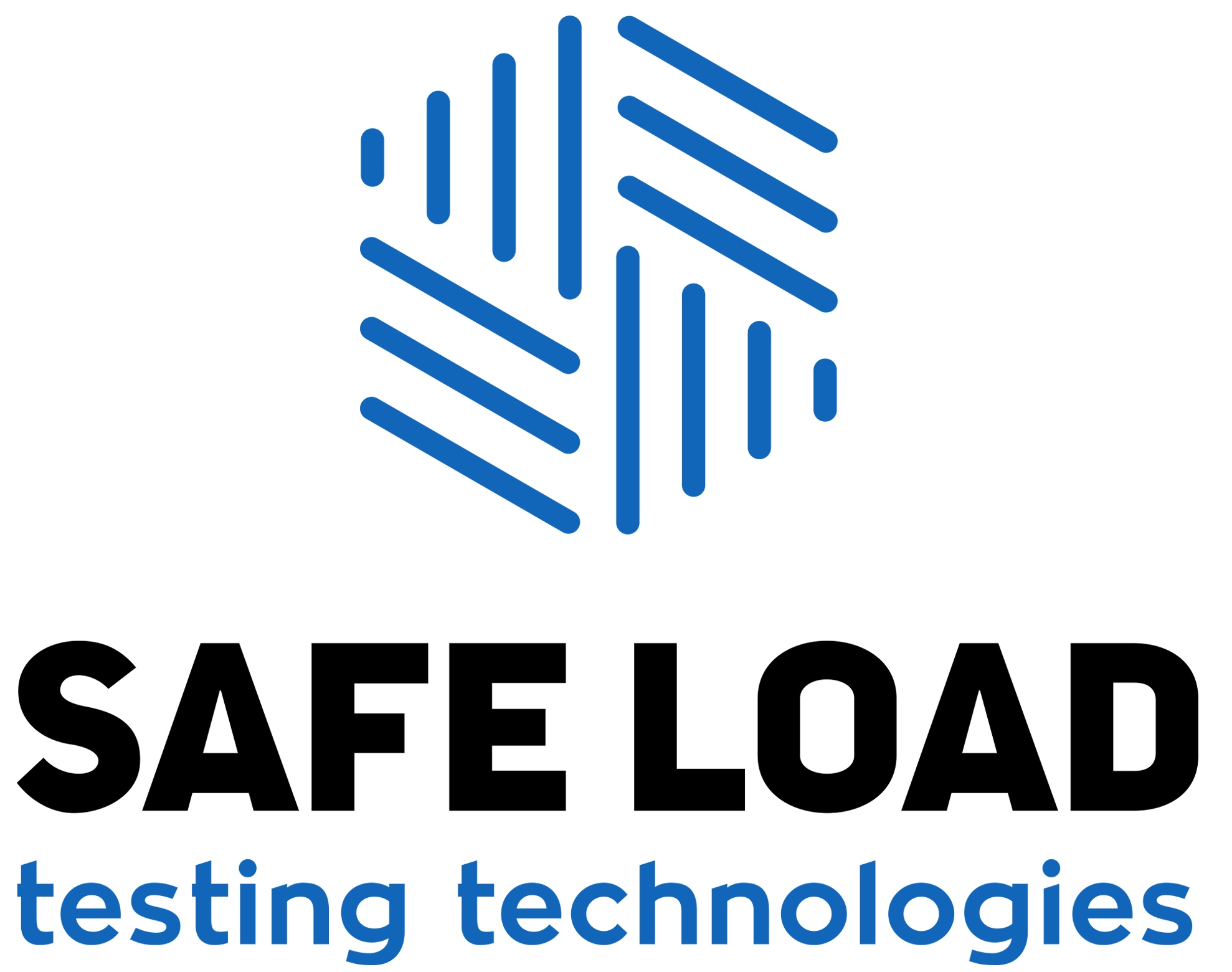
Regarding the increasing interest of transport authorities and the scientist community about the load stability during transportation and its right simulation at laboratory, several works have been done and published. One of the theoretical studies presented at IAPRI 2019, with the title 'Emergency braking and Stability testing, Response Analysis' showed why the horizontal natural frequency of the unit load it is determinant for the response level of the unit load subjected to that acceleration curve. In that study was demonstrated that a maximum of 200 ms time jerk duration to get the steady acceleration following by a minimum of 300ms time dwell duration of a trapezoidal pulse it is required to get exactly the same response as produced in a real emergency braking for unit loads of horizontal natural frequency greater than 1,2 Hz. Because It's hard to understand how a test shortest than 1s can simulate the effect of a real braking of the same intensity which can hold several seconds, we have undertaken a new practical study using a real unit load inside a vehicle. This unit load has been monitored with high speed cameras and other devices to measure the real deformation and accelerations that this unit load is going to reach during the transportation acceleration events. This deformation has been compared with the deformation produced on the unit load simulating the real acceleration event with different dwell durations in the laboratory using a horizontal stability machine, in order to visualize the low deviation that we obtain from real world versus simulation in the laboratory.
Biography: Alberto Tellechea is the CEO of Safe Load Testing Technologies, an international supplier of transport simulation solutions for packaging optimization and validation. He is Industrial Engineer by Polytechnic University of Valencia, major in Management and holds an MBA from the School of Industrial Organization of Madrid. Alberto counts with more than 10 years of experience in General Management of companies belonging to several industrial sectors such as machinery, ceramics, plastic engineering and the transfer of industrial fluids. Currently Alberto is member board of EUMOS and collaborates in working groups of the most important committees in the packaging testing field: IAPRI, ISTA, EUMOS.
Your Front Porch | If it can make it there, It can make it anywhere: The Untold Story of an e-commerce Package
 Anthony Theriault
Anthony TheriaultPackaging Product Test Engineer
Bureau Veritas
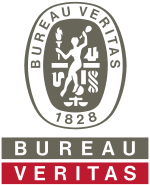
The presentation will explore the world of ecommerce distribution. There will be firsthand experience shared, demonstrating the new hazards this form of distribution has created. This will be contrasted against traditional shipping environments, in hopes to demonstrate a new approach to package design and testing evaluations may now be a necessity.
Takeaways: Attendees should be able to form a connection between laboratory test simulations and how they relate to the real world. They should be able to take away at least a few examples of potential real world hazards they may have overlooked when analyzing individually packaged product distribution networks. It will provide insight they can apply to their own distribution simulation strategies.
The goal is to remove preconceived notions about the world of ecommerce distribution based on data and experiences from traditional warehousing and shipping networks.
Biography: Anthony is a graduate of Packaging Science program at The Rochester Institute of Technology. He has been working in the shipping and packaging industry for the over 10 years and is a CPLP Technologist. He currently leads the Amazon ISTA-6 testing team at Bureau Veritas and is focused on innovations for growing world of e-commerce distribution testing.
Tackling Damage of Fragile Products: The Home Depots Journey to Driving Packaging Improvements
 Alex Turner
Alex TurnerPackaging Consultant, Packaging Engineer
Chainalytics

 Eileen Reidy
Eileen ReidyPackaging Engineer
The Home Depot
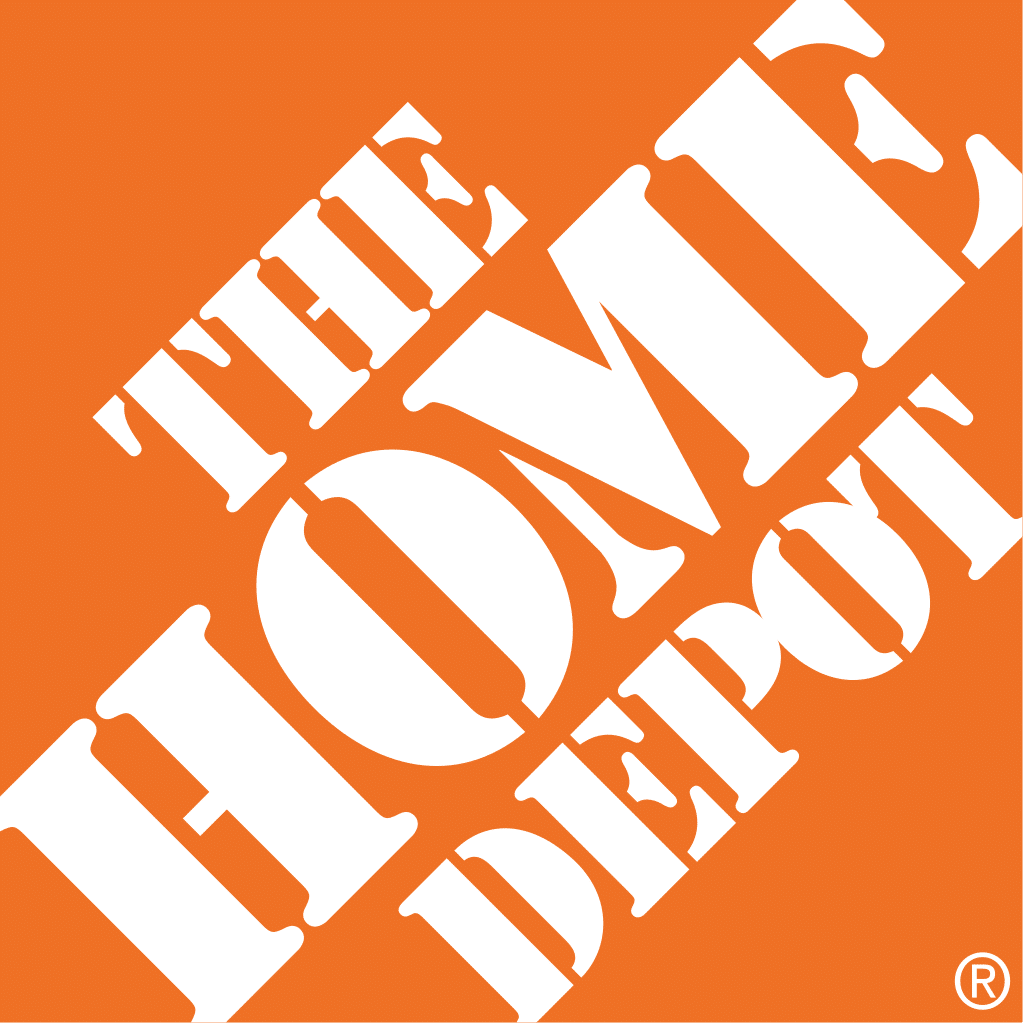
From 2017 to 2018, The Home Depot the worlds largest home improvement retailer with more than 2,200 stores in North America and over 1 million products available in its physical and online stores experienced significant damage costs from in-store markdowns and customer returns across three of its tile product subclasses all of which were coming from a single manufacturer. Recognizing the need to drive tangible change and execute improvements within a cross-functional team, The Home Depot partnered with Chainalytics to gain a better understanding of its end-to-end supply chain hazards as well as develop effective packaging solutions and packaging design guidelines.
In this session, The Home Depot will explain how they tackled the extraordinary damage rates and costs within this fragile product category, why they chose to leverage an external partner for the supply chain assessment and solution development phases, and what value has been created by the recommended packaging and process changes.
Takeaways:
- A practical approach for identifying the root cause(s) of product damage
- Greater appreciation for the value of an end-to-end supply chain mindset as well as understanding challenges introduced by inherent product characteristics
- Tips for enacting tangible change with contract manufacturers and suppliers
Alex's Biography: Alex is a Consultant in the Packaging Optimization practice at Chainalytics. In this role, he provides end-to-end engineering support for packaging optimization projects, working to ensure solutions improve costs, improve packaging performance, and consider environmental impacts. Education: Michigan State University 2017 - B.S. Packaging. Job Title: Packaging Consultant, Packaging Engineer at Chainalytics. Professional Achievements: CPIT (Certified Packaging Professional in Training), CAPM (Certified Associate in Project Management). Industry Experience: Electronics, Consumer Products, Medical, Retail, Industrial, Large Appliances.
Eileen's Biography: Eileen graduated with a bachelors degree in Packaging Science from Michigan State University in 2017. Currently, Eileen is a packaging engineer for the Global Brand & Product Development team at The Home Depot, specifically focusing on hard and soft surface flooring and packaging sustainability.